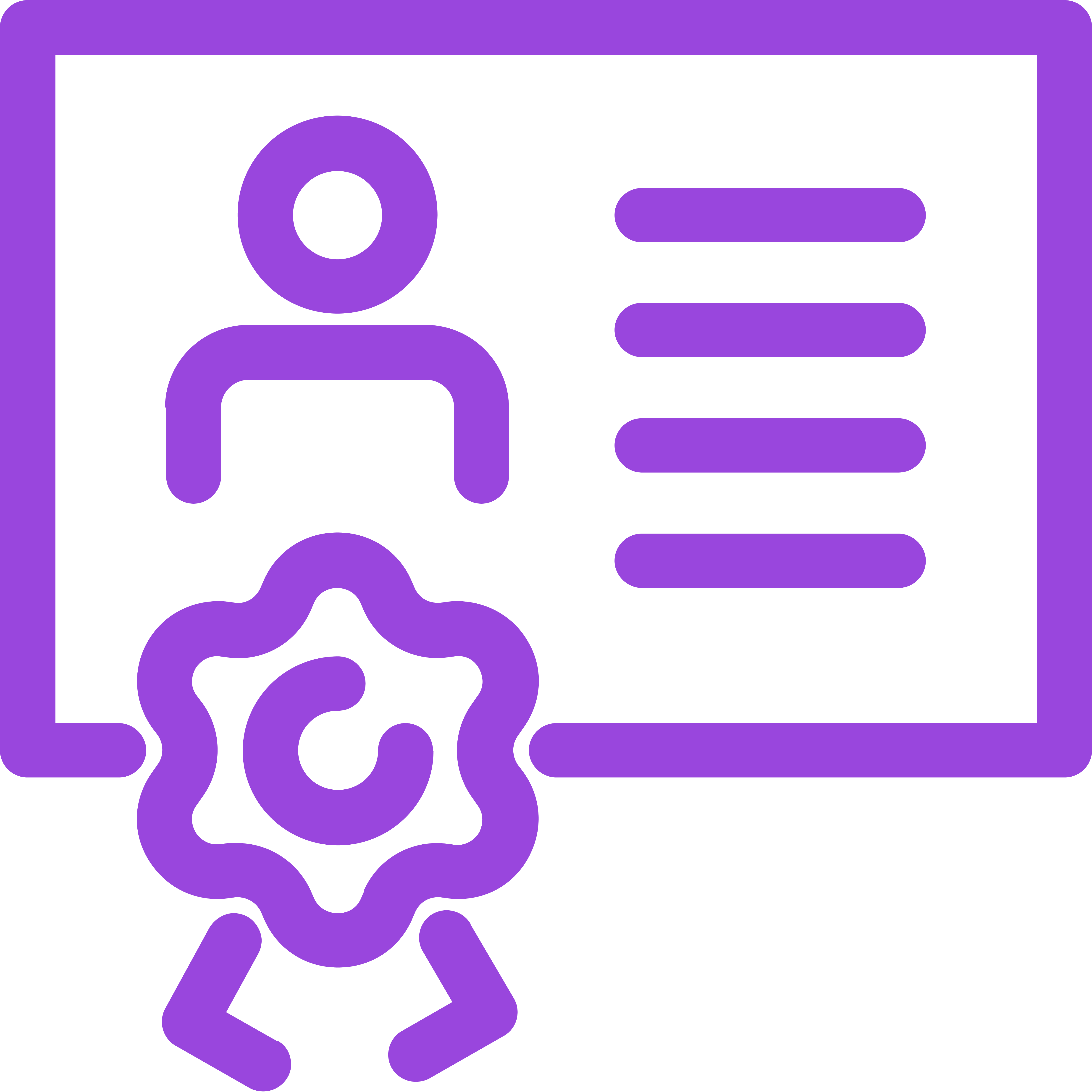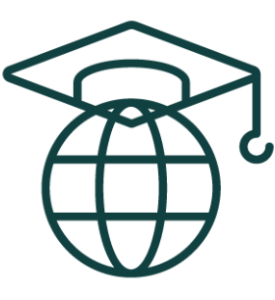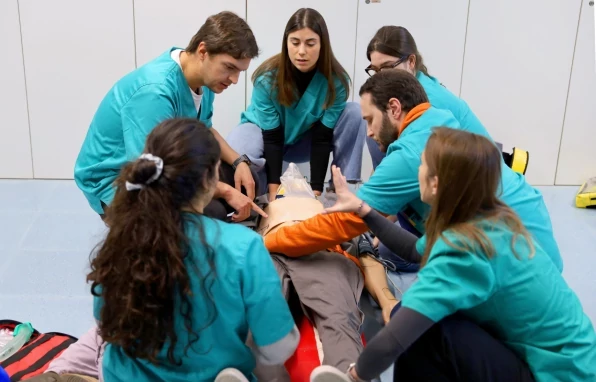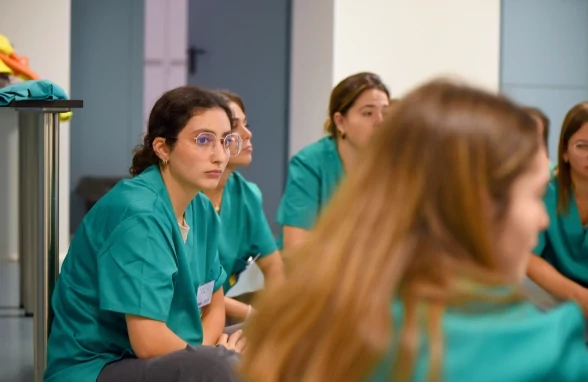Module 4
Supervised Clinical Placements in Critical Care and Emergencies
Supervised clinical placements (Practicum) will be carried out in the fields of prehospital emergency, hospital emergencies, and general intensive care in its different disciplines.






















